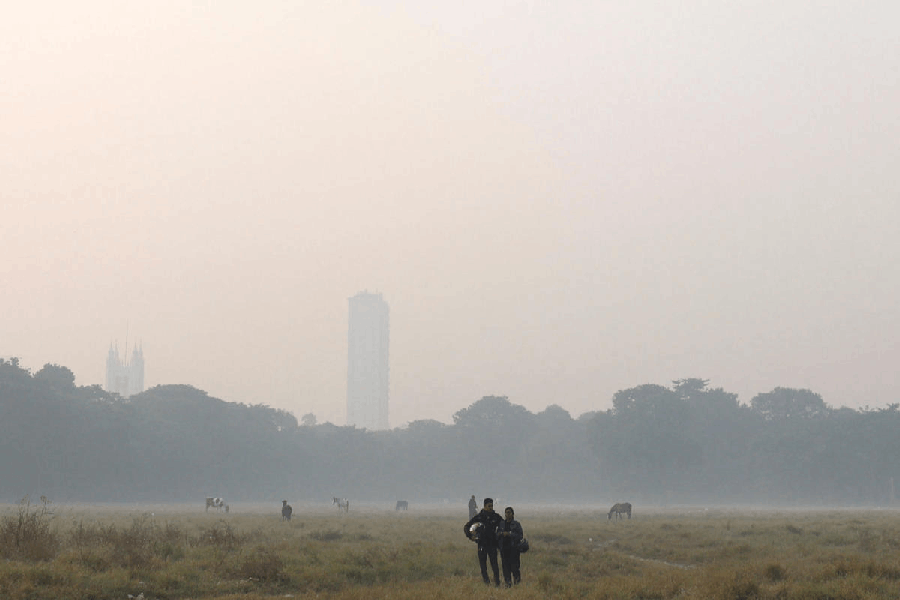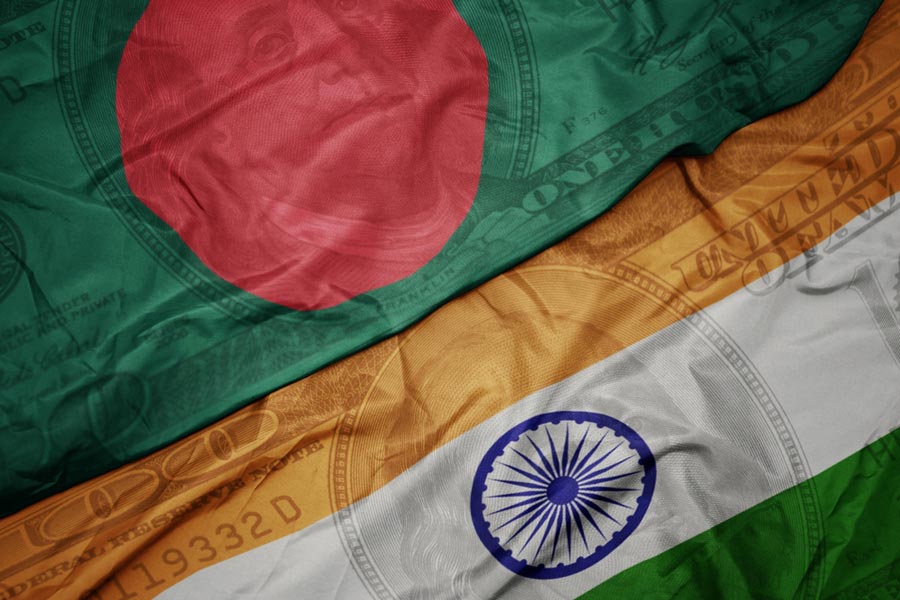 |
| Leela Majumdar |
Leela Majumdar, who died yesterday in her 100th year, once wrote that those who have forgotten their own childhood could never write for children. This was in her introduction to the works of her uncle (and Satyajit Ray’s grandfather), Upendrakishore Roychowdhury, the pioneering children’s writer, illustrator and publisher.
Majumdar belonged to that brilliantly innovative tradition of children’s writing — enlightened, eccentric and hilarious — founded by Upendrakishore, perfected by his son, Sukumar Roy, and then bequeathed to Majumdar and Satyajit, who made it part of their own genius.
Born in Calcutta on February 26, 1908, Majumdar spent her childhood in Shillong, unforgettably recounted in Aar Konokhane and Pakdondi. In 1920, she moved to Calcutta, where she read English literature, and took a First (ranking first) in both BA and MA.
Feeling the need to carve out a life of her own at a distance from an overwhelmingly loving family, she taught for a while at a school in Darjeeling, for a year at Santiniketan (invited by Rabindranath Tagore), and then briefly at Ashutosh College, after which she devoted all her time to writing.
Her career in children’s fiction started with a story for Upendrakishore and Sukumar’s magazine for children, Sandesh, which she illustrated herself. Together with Satyajit and her cousin, Nalini Das, she edited and wrote for Sandesh throughout her writing life.
She won the Ananda and Rabindra Puroshkars, but in the absence of a proper set of collected works, and owing to her aversion to being taken too seriously, it is easy to forget Majumdar’s versatility.
Apart from her children’s fiction, and her deathless cookbook, she wrote novels for adults (Sreemoti, Cheena-lanthhan) and a biography of Rabindranath, lectured on Abanindranath and translated his writings on art into English. She also translated Jonathan Swift’s Gulliver’s Travels and Ernest Hemingway’s The Old Man and the Sea into Bengali.
Her own fiction is peopled with an extraordinary variety of children, adults, flora and fauna, rivers, forests and mountains. The creatures in her stories lead lives and evoke atmospheres that are often endearingly familiar to her readers. But they also conjure up fascinatingly different, or wistfully strange, ways of being, pulling in all sorts of odd directions beyond the pale of Bengali, middle-class domesticity.
The bereft, the displaced and the underdog — be they frightened children, untameable cats or hungry ghosts — always found a place in her unsentimental acts of empathy, committed as much to giving pleasure as to telling the whole, and often heartbreaking, truth about human lives.
To read, and never really to outgrow, Podipishir Bormi Baksho, Holde Pakhir Palok, Maku, Tong-Ling, Kheror Khata and the Shob Bhuture stories is to discover, and then rediscover many times over, all that must be kept alive — the laughing and the losing, the delicious and the terrifying, the sense and the nonsense — to keep us from turning into crabbed, old bores, out of touch with the best things of life.











